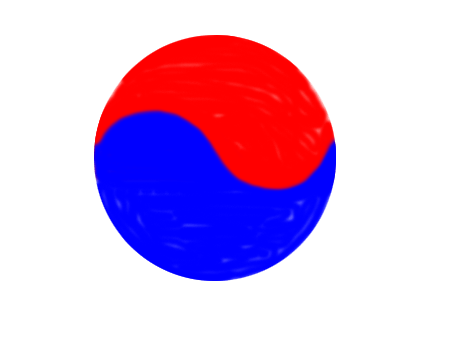|
|
Introduction
The 20th century has brought significant change to Korean society evident in all spheres of activity. The influence of the West can be found throughout the culture and has had profound effects on the traditional music culture. In the past, composed music as the term is understood in the West did not really exist in Korea as activity involving composition was limited to improvising over established melodies and themes. However in 1962 kayagum master Hwang Byungki composed a number of pieces including the piece Sup (Forest) for solo kayagum and this is considered to be the very first truly Korean composition. These pieces were revolutionary in Korean music culture as the role of the composer emerged and experimentation with the fundamental character of Korean music began. Composers began to transform traditional music practices as their compositions became more exploratory and bold.
Beginning in the 20th century students were educated in Western music and the presence of Western musical elements in contemporary works has become ubiquitous. Many composers have begun creating works which combine traditional Korean and Western instruments as instrumental performance techniques are explored and varied. The term Changjak-Gugak (newly-composed Korean music) identifies a movement dedicated to expressing the traditional spirit and feeling of Korean music in new ways. Some of the most influential contemporary composers and musicians are as follows:- Hwang Byungki
- Hyo-shin Na
- Yi Jiyoung
- Kim Duk Soo
- Kim Seok Chul
| Featured Contemporary Piece:
Blue Yellow River | | Blue Yellow River is a recent composition by San Francisco-based composer Hyo-shin Na. The work borrows melodic material from the traditional Korean piece Hwanghacheong (Yellow River Blue) an ensemble piece which was originally derived from a Chinese song. The inspiration for this piece came from a visit to Kyongju, the ancient capital of the Unified Shilla Dynasty, home to a famous stone statue of Buddha known for its remarkably tranquil appearance. The traditional Korean work is also very peaceful and it is said that even the Yellow River would turn blue under its spell of tranquillity. Hyo-shin Na wrote this piece for kayagum, cello, and double-bass, employing a number of unorthodox playing techniques. The rhythm is very free and actually at the top of the notation, the composer has written: "The piece actually has no meter. The bar lines are only written to help the musicians synchronise." |
|
|
"I find that I can't support war-making politicians and their goals of a commercialized, materialistic, market-driven world. It's impossible to sit at home and write a love song when the world is in turmoil, but maybe instead of protesting with loud words and violent actions, I can write quieter, slower, subtle music."
Hyo-shin Na
(composer) | Age, Birthdays, and You
When Koreans are born, they are said to be one year old and the age is increased not on birthdays, but on New Year's Day. Thus the difference between Korean age and Western age is 2 years until one's birthday. Then the difference is one year. |
|

